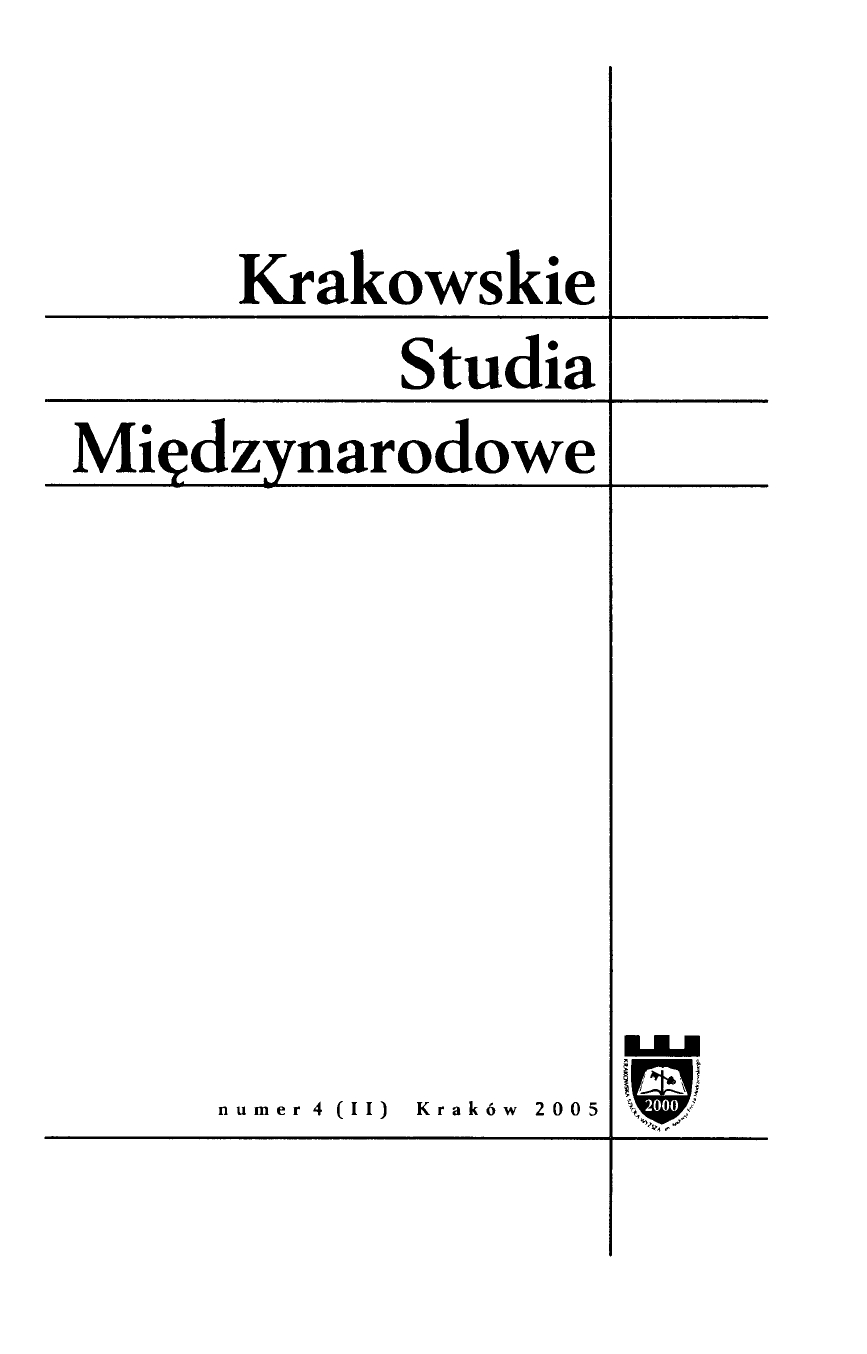
We kindly inform you that, as long as the subject affiliation of our 300.000+ articles is in progress, you might get unsufficient or no results on your third level or second level search. In this case, please broaden your search criteria.

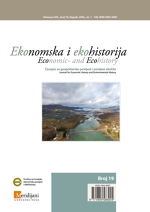
U Ljubljani se od 29. lipnja do 1. srpnja 2023. održala interdisciplinarna ljetna škola pod nazivom »Eastern Mediterranean coastal and island environments: natural resources, their uses and perceptions (15th-18th centuries)« u organizaciji Žige Zwittera i Pauline Guena. Domaćin ljetne škole bio je Filozofski fakultet Sveučilišta u Ljubljani.
More...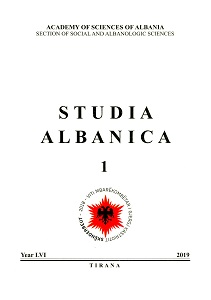
The present paper devotes some space to the period forerunning Gjergj Kastrioti's war and the following centuries, a very much discussed event among the local and foreign scholars. The quarrel between the Arbanense bishopric and the bishopric of Lezha (Alexiense-Lexiensi) about the appurtenance of a series of churches pretended or contested from both sides and for the history of this bishopric itself is here reported.
More...
Every anniversary of events or of big national personalities is always a good impetus to further reflect and deepen more in their study, to extract new point-of views in their less illuminated sides. The 550 anniversary of Gjergj Kastrioti's death is such a great motive. Scanderbeg's war against the Ottoman sultans is a remarkable epoch in the Albanian history that has been source of inspiration for the Albanian and foreign scholars involved in the field of history, literary and artistic creativity since the XVI century. It has been written so much about him that it would be very hard for every author to report new elements as a real contribution to this part of history. However, the efforts to show Scanderbeg and his age as a multidimensional radiance theme that always offers new possibilities of objective and neutral feelings when writing about. Therefore the present manuscript aims to re-dimension the European character of the Albanian resistance against the Ottoman invasion under the leadership of the national hero in the framework of the 550 anniversary of Scanderbeg's death.
More...
Gjergj Kastrioti-Scanderbeg (1405-17.01.1468) is the most important national hero and the greatest strategist and statesman of Albanians who led the war for freedom against the Ottoman occupation for the political-national union of the Albanians.
More...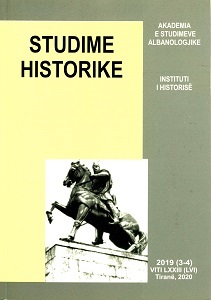
The projects of different nationalities for liberation from Ottoman rule cannot be perceived separated from the measures taken by the imperial government against potential rebellions and uprisings. For the Ottomans, as for every political rule, self-preservation and continuity were of major concern. The attempts to undermine the stability of the central power were dealt with great attention. The challenge to Ottoman rule came at times from the imperial state structures as well as from within the Ottoman ruling class itself. As in other similar cases, the rule’s structure and negotiation in Albanian territories evolved through the centuries we are referring to in this study, due to several factors. Firstly, the evolvement of the central power contributed to such a change; secondly, the dynamics of social development in Albanian territories; and thirdly, the shift in international balance of power. Thus, the dynamics and frequency of anti-Ottoman endeavours in general was closely related with the international situation and its influence in the Albanian territories. The uncertainty to rely on a firm support from the Spanish or the Venetians, and later on from the Austrians and Russians, made the local population aware that foreign backing was temporary and shaky. This was one of the reasons that made the secular and religious leaders to act cautiously and avoid becoming part of adventurous local enterprises or ambiguous foreign projects. In contrast to Venice which was interested in maintaining peace with the Ottomans rather than fighting them, Spain as the centre of the Habsburg dynasty, was clearly positioned as the Ottomans’ foe. However, although a perpetual adversary of the Ottomans, Spain was situated very far away to threaten the Ottoman rule, at least in the Balkans. This is a central element in understanding the history and dynamics of the Albanians’ anti-Ottoman attempts and plans for liberation., Interest And Reality
More...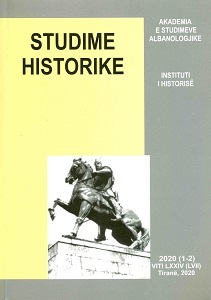
As one of the oldest and at the same time one of the most important towns of the Albanian space and beyond, Durrës went through a difficult period at the beginning of the Middle Ages. Apart from the extremely bad climate which harmed people’s health, the many raids, attacks and wars would gradually wane the glow of the “Adriatic’s Gate”. The disgraceful situation of the town, before it was occupied by the Venetians, was described by Shuflaj who stated that in 400 years Durrës had changed masters 31 times. In this bad situation the town was taken over by the Sanjak bey of Elbasan, Mehmet Bey, in 1501. The lack of an essentially historical study on the history of Durrës under Ottoman rule, makes it impossible to have a detailed view of the order, society, culture, economy and other components of the town’s urban life. That is the main reason for this study which makes an attempt to present a view of Durrës during the first two, centuries of the Ottoman rule. The documents of Western and Eastern archives portray Durrës with all the obstacles, developments and transformations of a bordering town, which is located at the borderland not only of countries but also empires, philosophies and civilizations. These elements are clearly reflected in the events that characterize the town during two centuries during which it attempted to regain its energy and previous glow. Once the international balance was established, the town entered a period of tranquility and with the opening of foreign consulates Durrës seemed to start recovering after seven or eight centuries.
More...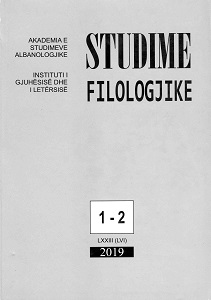
The name of the Italian linguist Carlo Tagliavini is linked with Albanological studies. The focus of his research on Albanian language is wide, but the main point of this paper will be the achievements of Tagliavini on the issue of lexical stratification. Besides his systematic work in this area (“La stratificazione del lessico albanese. Elementi indoeuropei” (Firenze, 1943, 1965) and “L’Albanese di Dalmazia” (Firenze, 1937), issues on the Albanian lexicon can also be found in other works. The purpose of our work will be the study of several Albanian lexemes of the XVI-XVIII centuries. Where did Tagliavini base his observations on the stratification of the Albanian lexicon? Undoubtedly, he relied on the old Albanian authors, but he mostly used them indirectly, mainly through the Etymological Vocabulary of Gustav Meyer, especially for the etymological source of lexemes or through published Albanian vocabularies, such as: J. Jungg (Shkodër, 1895), K. Kristoforidhi (1904), Bashkimi (Shkodër, 1908), A. Leotti (Roma, 1937), which reflect the work done for the collection of the Albanian lexicon. For special lexemes, Tagliavini used words gathered by his leader in Albanology, Norbert Jokl, from old authors. He also focused on the lexemes of the Arbnesh dialect of Borgo Erizzo in Zara, a dialect which he knew very well. Part of his work are the lexemes which mark body parts, as: asht (from Buzuku), balle (Bardhi), bark (Buzuku), buzë (Buzuku), dore (Buzuku) etc.; family relationships: atë (Buzuku), bir (Buzuku), djalë (Buzuku) etc.; animals: ari/arushë (Bardhi), dash (Buzuku) etc. These words are accompanied by etymological interpretations. Considering the evolution of Italian and the other languages, in his works Tagliavini noted the absence of a historical grammar for the Albanian language and a historical dictionary, which according to him, was not difficult to be compiled for literary Albanian, given that there exist only a relatively small number of texts. Even though Tagliavini, in co-operation with other colleagues, prepared an electronic frequency dictionary for the Italian language (“Lessico di frequenza della lingua italiana contemporanea”, Milano, 1971), the circumstances moved him slightly from Albanian language and he did not leave any evidence so that this methodology could be used for this language.
More...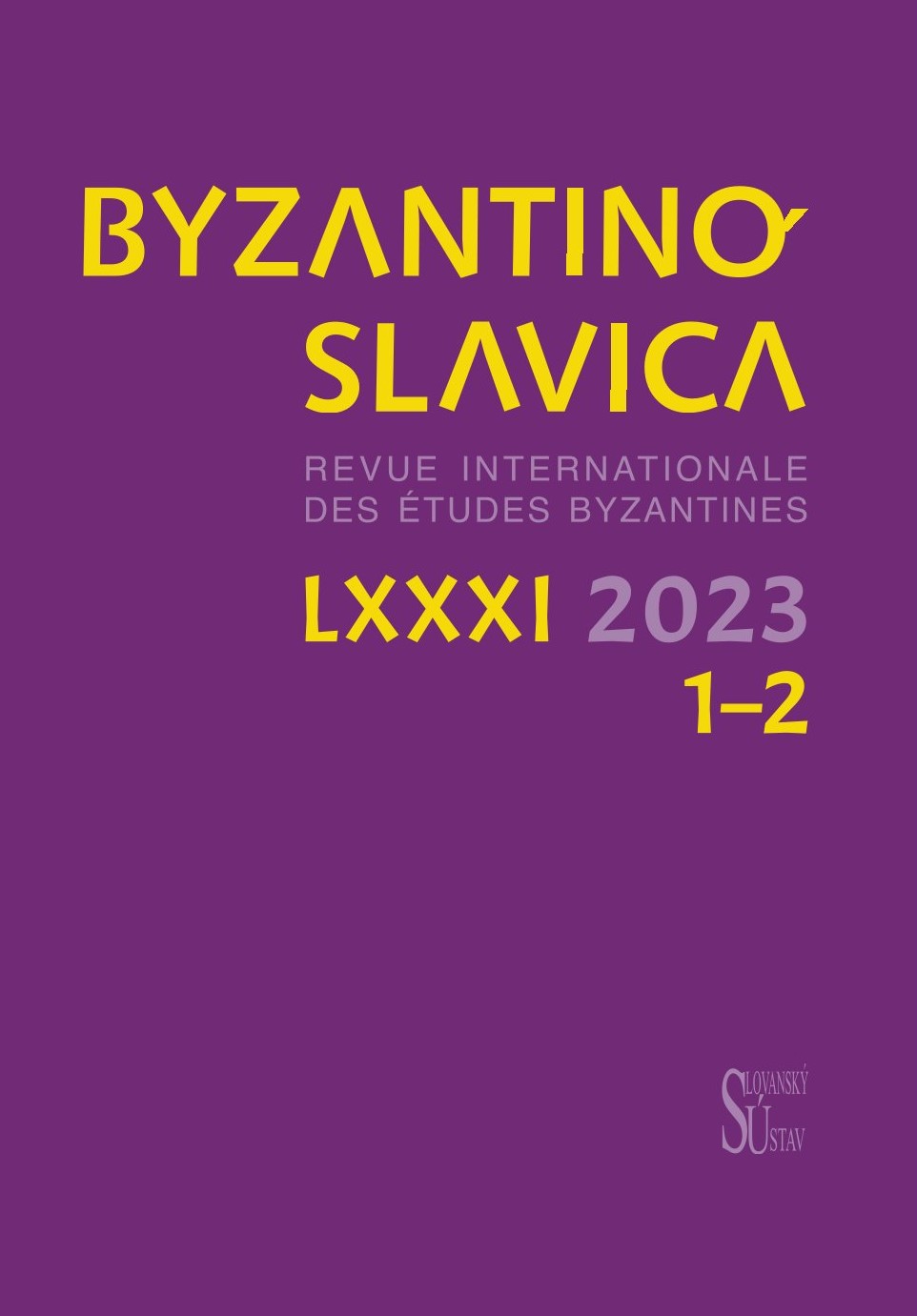
Nikolay – or, in the local dialect, Mikula – of Pskov stands out among holy fools (yurodivyye) venerated in sixteenth-century Muscovy. Unlike Mikhail of Klopsko, Isidor of Rostov, Maksim of Moscow, Prokopiy of Ustyug, Nikolay of Novgorod, Ioann of Ustyug, or Vasiliy of Moscow, Mikula is neither celebrated in a vita (zhitiye), collection of miracles, or liturgical composition (sluzhba), nor can his memory day (den’ pamyati) be found in contemporary liturgical calendars (mesyatseslovy, svyattsy). Nevertheless, historians pointed out that Mikula’s encounter with Ivan IV is well documented in the accounts of foreign oprichniki and travellers, as well as in later chronicles, all agreeing on a basic storyline: early in 1570, as Ivan’s army approached Pskov to punish its inhabitants for reported treason, Mikula, who was locally revered, called out the tsar, frightened him and made him run away, thereby avoiding a massacre. Buried in the Trinity cathedral and mentioned as a patron saint of the city in texts describing the 1581 siege of Pskov by the Polish-Lithuanian king Stephen Báthory, Mikula was not officially recognised as a saint by the Church. This article suggests that his direct opposition to central authority, unusual in fifteenth- and sixteenth-century texts about yurodivyye, and the very popularity of the story about his encounter with Ivan IV prevented him from becoming an official saint in a relatively recently conquered region. That Mikula should have failed to become the object of a thriving regional cult highlights important aspects in the dynamic processes of saint-making and -maintaining in sixteenth-century Muscovy.
More...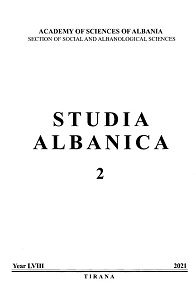
Review of: BARDHYL DEMIRAJ: NORTHERN CULTURAL AREAL IN THE CENTURY. XVI-XIX, BOTIME ONUFRI, TIRANA, 2017
More...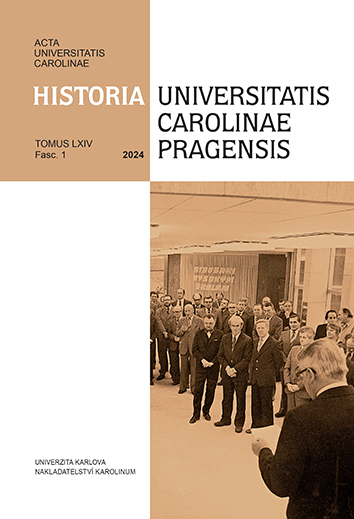
This article describes the functioning of a Latin grammar school (so-called ‘particular’ school) in Kouřim and its links to the Charles University of Prague in the period of 1547–1622. The author investigates the economic situation of the school, its staff, the students, and their relations to the townspeople. Explored is also teacher and student mobility, the school’s relationship with the university, and the school’s alumni. New findings have been confronted with previous research.
More...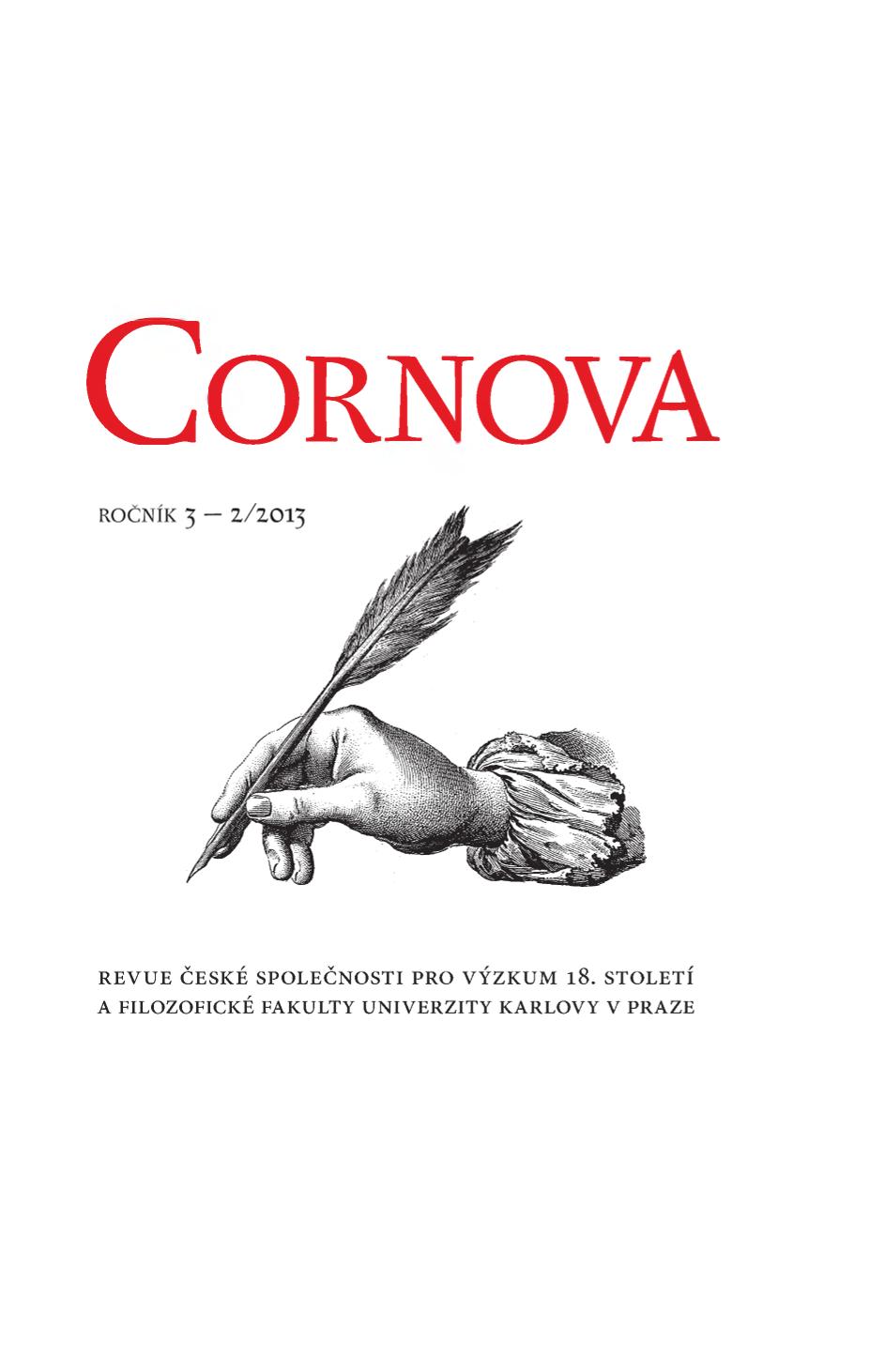
Review of Milan Myška, Hrabě Hodic a jeho svět. Zámecká kultura ve Slezsku mezi barokem a osvícenstvím. Ostrava 2011, 351 p., ISBN 978-80-7368-952-0
More...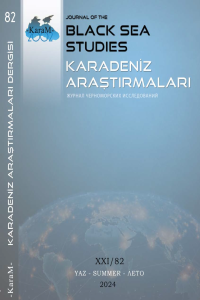
As the view of poverty and sexuality began to change from the beginning of the sixteenth century, both poverty and sexuality were seen as problems that needed to be controlled, supervised, and solved. Towards the end of the sixteenth century, a similar situation arose in Spain, where social, financial, religious, political, and economic problems caused problems for those in power and the number of controls and restrictions on prostitutes in the country increased. While previously tolerated, a group of individuals allowed to carry out their profession, prostitutes were accused of morally and hygienically polluting society. This group, which was to be controlled by the church and the government, included not only prostitutes, but also other women such as vagabonds, strays, witches, beggars, lazy women, and thieves. Magdalena de San Jerónimo, who aimed to rehabilitate the women by imprisoning them in buildings called galera, wrote a treatise entitled Razó n y forma de la Galera y Casa Real, presented it to King Felipe III and declared that society could be purifiied by imprisoning the women who were causing the decay of Spanish society. This study focuses on the reasons why the institution called galera, was formed and the possible consequences of implementing it in addition to its relationship with rehabilitation and discipline.
More...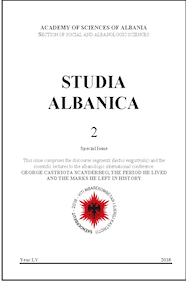
In the XIV-XV centuries, the Republic of Venice, or the Seignory as it is otherwise known, was a powerful political and military state of the time. It raised and strengthened as an aristocratic merchant republic in the XI century and had a powerful maritime fleet to control the stocks circulation in the Mediterranean, Aegean and in the Adriatic mere.
More...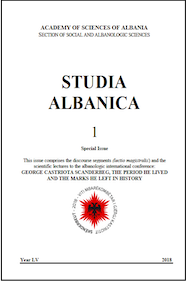
On trouve des mentions d’armes « albanaises » ou encore d’estradiots dans les inventaires de l’Armeria du Palais Ducal de Venise, et ce dès 1548 . Dans un autre document, provenant également des archives vénitiennes, daté de 1611, on peut trouver la mention d’une dague ou cortella dite de Scanderbeg, mais aussi d’une targe “all’Albanese”. Le troisième inventaire connu, datant de 1773, note la présence d’une épée dite de Giorgio Castriota comptabilisée dans les trésors de la Sérénissime. Très peu de temps après pourtant, dans un inventaire de 1799, d’après Paolo De Lucia, il n’y a plus de traces d’une telle épée, mais seulement des targes albanaises.
More...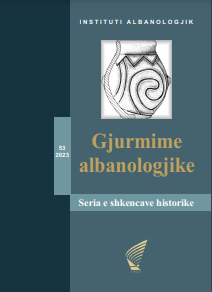
In relation to the territory, the social structure and the populated localities of Plav, regarding the medieval period, as well as the first decades of the Ottoman rule, there seems to be a deficit of works in science. Until now, the province has not been subjected to a detailed research aimed at the exploration of material sources and archival documents, which would create adequate ground for a more advanced interpretation in the historical context. However, according to the existing data, including the charters of the Serbian feudal society, the Ottoman administrative summaries, the relations or correspondence of the time, narratives from the collective memory and examples from the discipline of toponymy, it seems that even in these circumstances a short history of the area can be laid out. In this context, as a result of this study, it seems that the province of Plavs includes a territory, which, although it gained political significance only from the end of the Middle Ages, later was characterized by quite dynamic developments in the socio-political plane. However, when it comes to the ethnic configuration, until the 15th century, it seems like a very diverse environment where the pre-Slavic society, specifically Vlach and Albanian, appears quite competitive, furthermore it could have dominated the area. However, with the passage of time, thanks to political and religious pressure, this stratum may have started towards serbization, a process which is not known to what extent it was completed, since in the second part of the 17th century they collectively gravitated towards other territories, while their new habitat after emigration is unknown.
More...
The article reviews the creation, development and territorial distribution of viticulture and winemaking in the lands of today's France until the end of the 16th century. Historical analysis supports the changing geography of these economic activities and the leading role in defining geographic regions in view of their importance in specific historical stages.
More...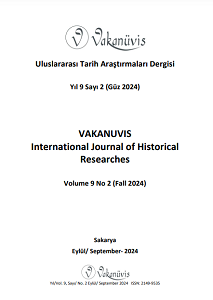
Today, the capital of Montenegro and the largest city of the country, Podgorica was located in the Rumeli Province under the Ottoman rule. Being a frontier city, being on important trade routes, and fertile lands made the city important in every period. The city, which was the scene of a struggle for dominance between Venice and the Ottomans, was conquered during the reign of Mehmed the Conqueror and connected to the Alexandria (Shkodra) Sanjak, which was established in 1479. The fact that it was located in a mountainous and difficult to defend location prompted the Ottomans to build and fortify many castles in and around Podgorica. Podgorica City was a remarkable city located on the Adriatic coast with its bridges, rivers, castles and magnificent natural beauties. In the study; The situation of Podgorica District under Ottoman rule in the 16th century will be examined. Information will be given about the administrative, demographic and social structure of the city center and rural area, and the information will be evaluated in the context of cause-effect relationship. In the study, first hand sources, cadastral and mühimme books were used. It is striking that there are few studies on Podgorica and its surroundings during Ottoman rule. This study aims to contribute to the history of the region.
More...
The territories of the Vratsa Region, as part of the Ottoman Empire in the XV – XVIII century, were a nodal strategic border zone for a large part of this period. As such, a number of settlements here were inhabited by a population with special duties and with specific functions in the Ottoman military-economic system. A large part of the settlements in the region had the status of voynushki – entirely or mixed. The Voynushka’s landed properties in Vratsa region had small land holdings, of the order of 15 – 20 denyums of fields, vineyards, gardens, meadows and threshing floors. From the beginning of the 17th century, the Voynushka institute starts to decline, a number of Voynushkas abandoned their properties and/or began to cultivate other types of land. A special category of population are the Cherehors (cherahors, jerahors), who are classified with various specific functions – both as master builders and masons, workers in the maintenance of fortresses and fortifications, as well as sailors, steering ships, or a type of bachelors, pulling the Ottoman fleet of ports.
More...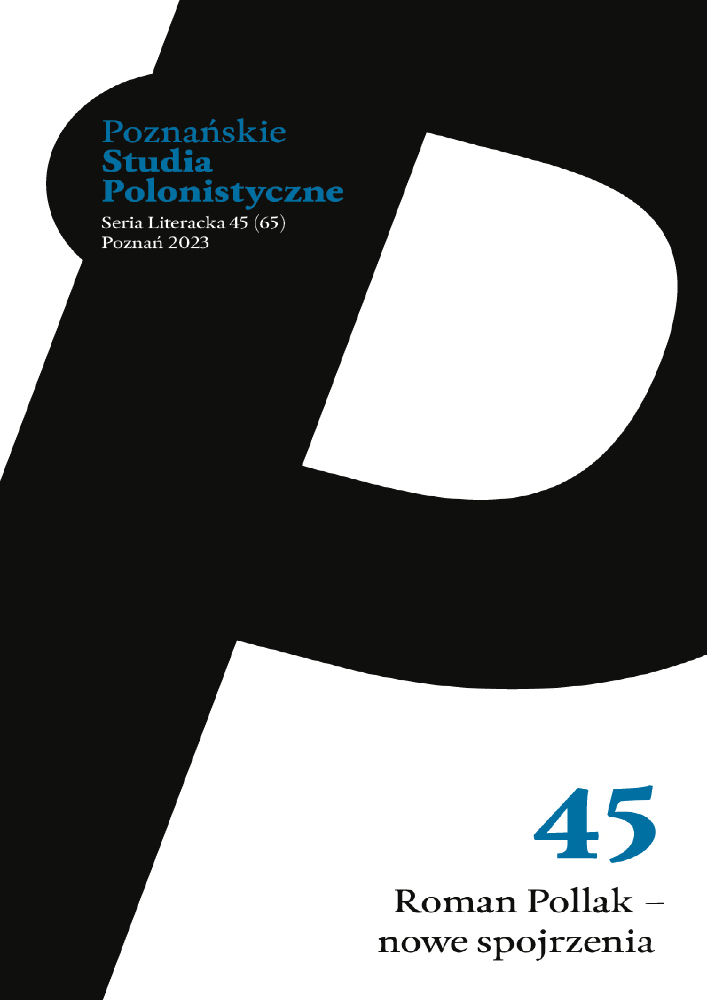
The article presents Roman Pollak’s research into the literature of the Re-naissance, focusing primarily on the studies of Łukasz Górnicki’s Dworza-nin (The courtier) and quoting Pollak’s own thoughts on his work voiced in his private correspondence.
More...